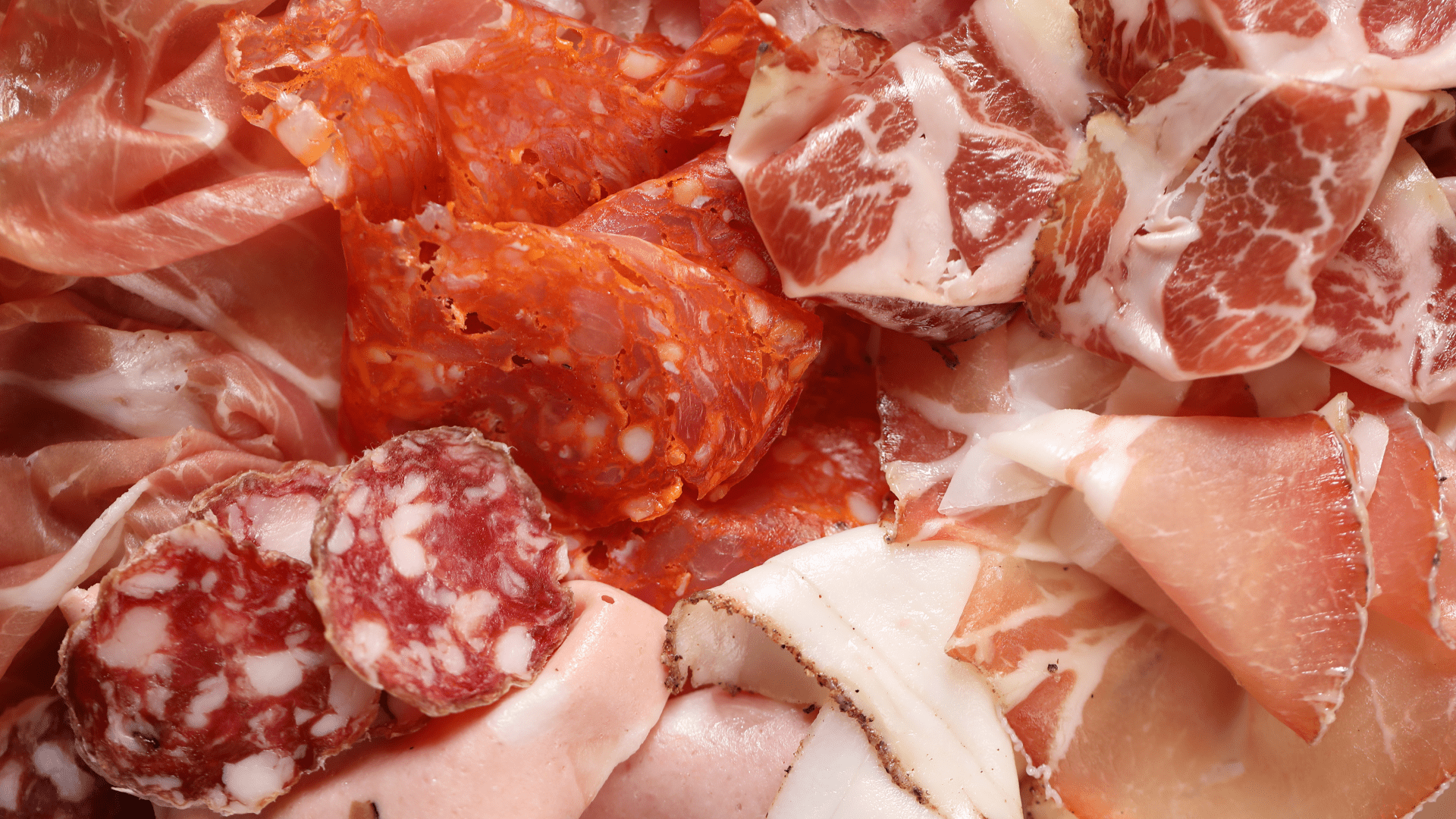Aflatoxins are a group of secondary metabolites produced by members of Aspergillus Section Flavi that are dangerous to humans and animals. Nuts can be potentially contaminated with aflatoxins, often over the legal threshold. Food processes, including roasting, may have different effects on mycotoxins, and high temperatures have proven to be very effective in the reduction of mycotoxins. In this work, two different roasting methods—traditional static hot air roasting and infra-red rays roasting—were applied and compared for the detoxification of hazelnuts from Italy and Turkey. At the temperature of 140 ◦C for 40 min of exposure, detoxification was effective for both roasting techniques. Residual aflatoxins after infra-red rays treatments were lower compared to static hot air roasting. On Italian hazelnuts, residual aflatoxins were lower than 5%, while for Turkish hazelnuts they were lower than 15% after 40 min of exposure to an infra-red rays roaster. After roasting, the perisperm was detached from the nuts and analyzed for aflatoxin contents. Residual aflatoxins in the perisperm ranged from 80% up to 100%. After roasting, the lipid profile and the nutritional quality of hazelnuts were not affected. Fatty acid methyl esters analyses showed a similar composition for Italian and Turkish hazelnuts.


